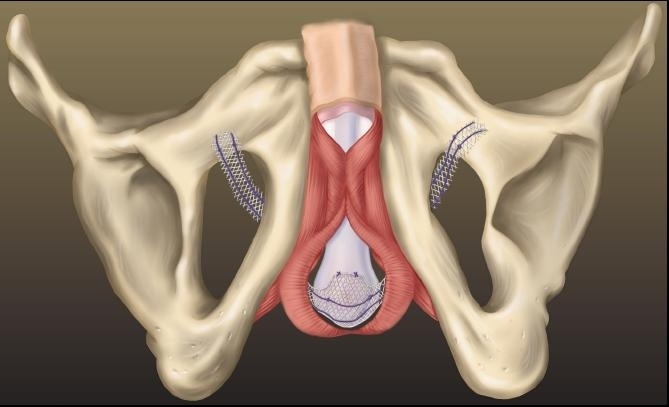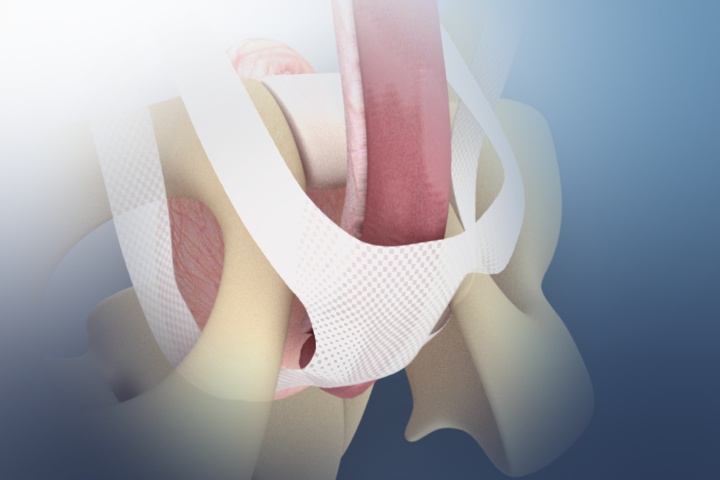
Meet Professor ChungAssociate Professor Chung is a urological surgeon specialising in andrology, microsurgical, and urological prosthetic surgery. Contact(07) 3832 1168 |
Male Urinary Sling SurgeryUrinary sling surgery involves the insertion of a tape (sling material) beneath the urethra to provide adequate compression and improve urinary continence. Male slings (MS) have been around since the mid-2000s and it offers many men instantaneous urinary continence postoperatively. These minimally invasive male slings can be divided into adjustable and non-adjustable types and can be implanted through the retropubic (behind the pubic bone) or transobturator (through the inner thigh) route. The literature supports MS as the choice for treatment in many men with mild and moderate urinary incontinence and that MS is effective, safe and durable.
What preparation is required?Since urinary sling surgery is performed under general anaesthesia, you should have nothing to eat or drink for 6 hours prior to treatment. Regular medications can be taken with a sip of water with the exception of blood thinning agents (eg. warfarin, aspirin, clopidogrel) or non-steroidal anti-inflammatories which need to be stopped for 7-10 days. A mid-stream urine (MSU) test is required to ensure the urine is sterile before treatment is undertaken. What happens in the operating room?You will meet your anaesthetist prior to surgery who will take a thorough medical history. Your procedure will be performed under general anaesthesia with anti-microbial cover. The genital area will be shaved and an alcoholic povidine surgical antiseptic will be applied to minimise microbial skin colonisation. What are the risks?Since urinary sling surgery involves the insertion of a foreign device, strict microbial prophylaxis and surgical techniques are paramount. When performed by an expert surgeon, urinary sling surgery is a safe procedure. Specific complications include:
Potential serious complications include:
What to expect afterwards?You are usually required to stay overnight to receive intravenous antibiotics for 24 hours postoperatively. Your urinary catheter and surgical dressing will be removed the next morning after your surgery. When you are comfortable and passing urine satisfactory, you will be discharged with 10-14 days of oral antibiotics. At home, you should rest and avoid strenuous physical exertion for 4-6 weeks. You are encouraged to take bowel aperients to soften your bowel motion and prolonged squatting is discouraged as it will potentially loosen the sling. Follow-upYou will have a follow-up appointment with Prof. Chung scheduled at 4-6 weeks postoperatively.
Meet Professor ChungAssociate Professor Chung is a urological surgeon specialising in andrology, microsurgical, and urological prosthetic surgery. Contact(07) 3832 1168 |
|||







